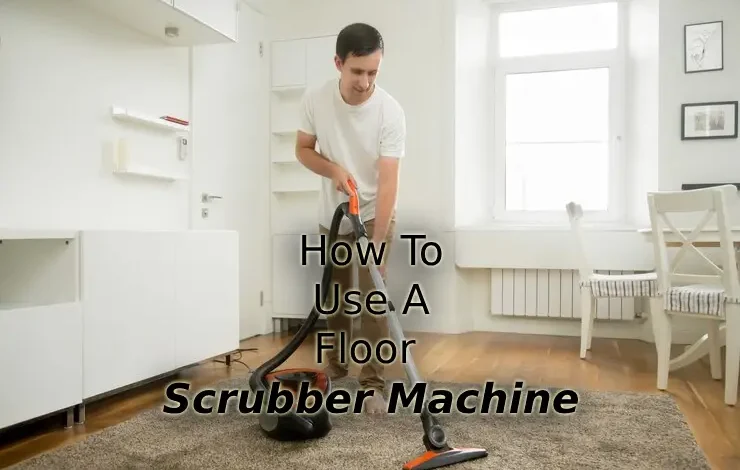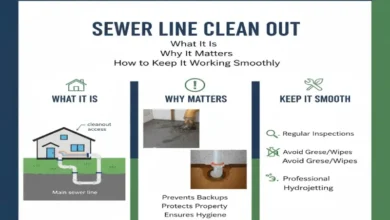How To Use A Floor Scrubber Machine

Cleanliness is not just a visual cue; it’s an essential component of public health regulations, customer confidence, and the overall comfort of any space. Floors, being the largest surface area of most structures, require effective upkeep to not only look inviting but also to be truly clean. Enter the unsung hero of floor maintenance – the floor scrubber machine. If you are a facility manager dedicated to upholding the highest standards of your operation, or a homeowner looking for a spotless abode, understanding the secrets of employing a floor scrubber machine can transform your cleaning regime.
This post is not just about the functionality of a floor scrubber machine but also about the art of seamlessly integrating this modern cleaning technology into your daily or periodic cleaning tasks. You will learn about the types of floor scrubbers, the benefits they offer, and get a practical walkthrough to master their use.
Types of Floor Scrubber Machines
- Walk-Behind Scrubbers: These are typically smaller and more maneuverable, suitable for tight spaces and lighter cleaning duties.
- Ride-On Scrubbers: For larger areas and tougher cleaning jobs, these provide efficiency and a reduction in operator fatigue.
- Corded or Battery-Powered: The choice between corded models for continuous operation or battery-powered machines for more portability will depend on your cleaning needs and setup.
- Disk or Cylindrical Brushes: Disk scrubbers use a flat, round pad, while cylindrical ones have brushes that rotate like a cylinder. Cylindrical types are known for being more efficient at loosening dirt and require less water.
Step-by-Step Guide to Using a Floor Scrubber Machine
While using a floor scrubber machine is relatively straightforward, it involves a sequence of actions to ensure the best results and equipment longevity.
Pre-Cleaning Preparations
1. Assess the Surface
Begin by understanding the type of floor you are dealing with. This preliminary inspection will inform decisions about the most suitable type of machine, the correct detergent, and the application of appropriate cleaning methods.
2. Clear the Area
Remove all furniture, debris, and any other obstacles that could interfere with the machine’s movement. This not only ensures a thorough clean but also prevents damage to both the floor and the machine.
3. Ventilate the Area
If using chemicals, ensure proper ventilation. This step is crucial to the safety of the cleaning staff and building occupants.
4. Fill the Reservoir
Add the recommended amount of water and cleaning solution to the machine’s tank, ensuring to follow the manufacturer’s guidelines.
Operation
1. Start-Up
Turn the scrubber on and allow it to adjust to the cleaning environment. If the machine has multiple settings, choose the one that aligns with the floor type and level of soiling.
2. Maneuvering
Move the scrubber in a systematic pattern, typically starting from a corner and working your way outwards. For walk-behind models, employ overlapping passes to ensure complete coverage.
3. Stains and Corners
Use the appropriate attachments or tools to address tougher stains and to clean around the edges and in corners.
Conclusion
Investing in a floor scrubber machine can revolutionize your cleaning practices and bring about a host of benefits that radiate beyond the surface. With careful consideration and proper maintenance, these machines offer an efficient, consistent, and cost-effective approach to maintaining spotless floors.
Follow: Action Time USA

